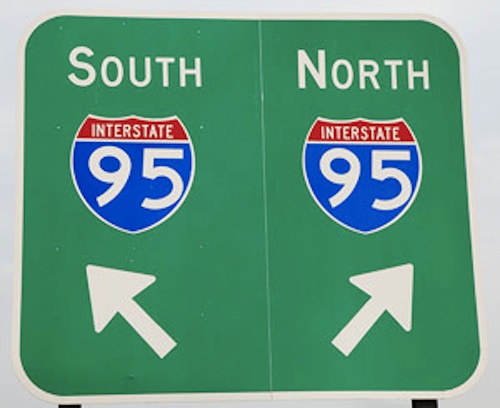Peter Hamby, from CNN, was one of my college roommates; we were talking a while back and he told me that sometimes, as he travels around America on political stories, he thinks it’s just a mix of large cities and deep exurbs (it’s a little bit different in parts of the South, potentially). Some new work — based on some old work — over at CityLab semi-confirms this idea. Basically, the U.S. is 12 mega-regions:
That’s Cascadia (Seattle), Nor-Cal, So-Cal, Phoenix-Tucson, Denver-Boulder, Dallas-Austin, Houston-New Orleans, So-Florida, Charlotte-Atlanta, Chicago-Pittsburgh, Boston-Washington, and Buffalo-Rochester-Toronto (which is obviously not the U.S., but still). Essentially, then, the whole center-middle and top-left of the country are not part of these mega-regions, which lines up with other maps/studies you’ll see. The sizes obviously also vary — Denver + Boulder + associated is about 5 million people; Boston + Washington + New York + Philly + etc. is about 60 million people. This isn’t necessarily about direct comparison between A and B; it’s more about looking at how the U.S. is really fundamentally broken up.
Then there’s this, in terms of equating the mega-regions to global economies:
Despite being the smallest U.S. mega-region, the Denver area still is equivalent to Finland in terms of economic size. The I-95 corridor is bigger than Germany, and that Chicago-Pittsburgh region (despite encompassing parts of the Rust Belt where jobs are thought to have disappeared) still has a larger economy than Brazil, which until about 20 months ago was considered possibly the ascendent economy in the world.
Here’s the rub on all this: if you take the 12 mega-regions, it’s $13 trillion in economic output; that’s 3/4 of America’s total GDP coming from essentially 16-20 cities clustered in 12 regions. The future of where people will live + work is definitely interesting (and shifting!), but you can bet — at least in the intermediate term — that most jobs will cluster in these above areas, and with good reason. (Also never forget: the twin engines of American job growth right now are knowledge and energy/oil. This map lines up with that, with the exception of North Dakota being on it — and North Dakota is a relatively new thing in terms of job growth.)



Why do several of the zones sprawl over hundreds of miles but Texas gets split in two? I guarantee you that Houston is far more integrated with the rest of the Texas Triangle cities than it is with New Orleans, much less Biloxi or Mobile. Put them together – as they should be – and they’re the third-largest mega-region in the country…